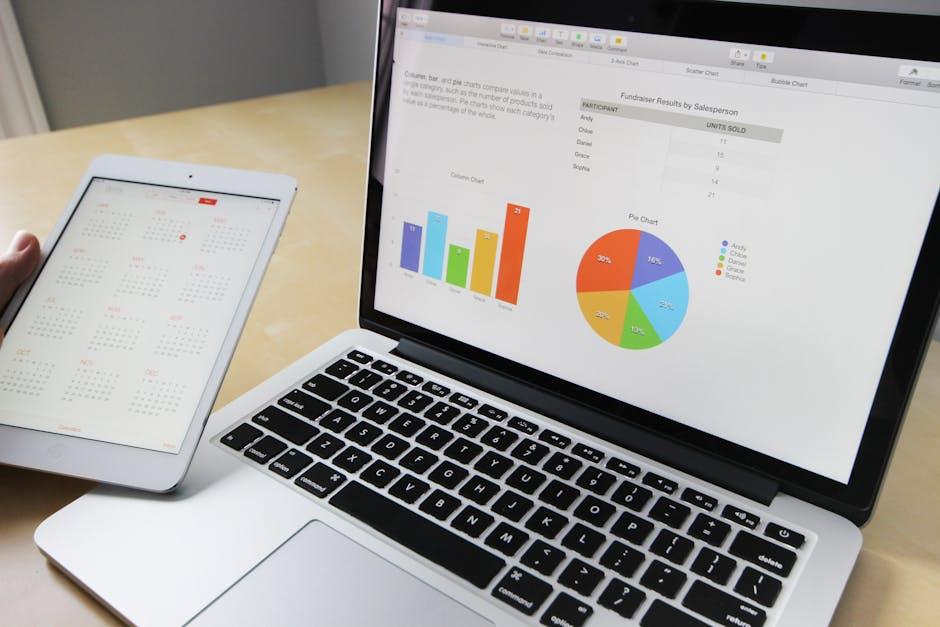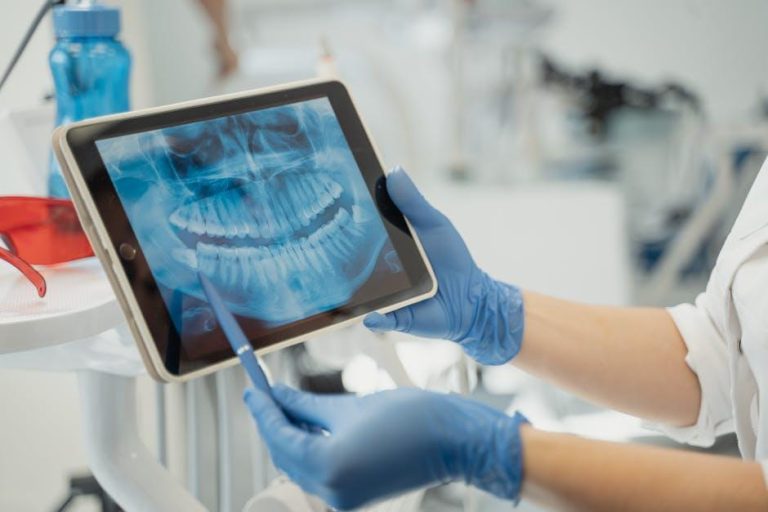
Revolutionising Lab Workflows in a Digital World – Dentistry UK
In the heart of UK dentistry, embracing digital technology isn’t just a trend — it’s a revolution reshaping how dental labs operate. From the integration of 3D printing to cloud-based management systems, lab workflows are becoming faster, more accurate, and patient-centric. This article explores the profound transformation of dental lab workflows in the digital age, examining benefits, practical tips, and compelling case studies to inspire dental professionals across the UK.
The Digital Transformation of UK Dental Labs
The traditional dental laboratory model relied heavily on manual processes — physical impressions, plaster models, and direct communication between dentists and technicians. Today, digital solutions are replacing these time-consuming methods with streamlined, highly precise workflows that improve productivity and enhance patient outcomes.
Key Digital Innovations in Dental Labs
- Intraoral Scanners: Replace physical impressions with accurate digital 3D models in seconds.
- CAD/CAM Technology: Computer-aided design and manufacturing enable precise fabrication of crowns, bridges, and dentures.
- 3D Printing: Rapid prototyping and direct production of dental appliances create quick turnaround times.
- Cloud-Based Case Management: Enables real-time collaboration between dental clinics and labs, reducing errors and improving communication.
- Artificial Intelligence and Automation: AI-driven analysis and robotic automation are beginning to enhance quality control and workflow efficiency.
Benefits of Revolutionised Lab Workflows in UK Dentistry
Adopting digital workflows in dental labs presents multiple advantages to practices, technicians, and patients alike. Here’s how these benefits unfold:
- Improved Accuracy: Digital impressions reduce errors caused by distortions or mishandling of physical models.
- Faster Turnaround Times: Digital data transfer and automated manufacturing speed up the production cycle, enabling quicker patient treatment.
- Cost Efficiency: Reduced material wastage and labour-intensive tasks lower operational costs for labs and clinics.
- Enhanced Patient Experience: Comfortable scanning replaces messy impressions, and faster delivery reduces wait times.
- Better Collaboration: Digital platforms facilitate seamless communication, case tracking, and feedback sharing.
Practical Tips for Implementing Digital Lab Workflows in Your Dental Practice
Transitioning to digital workflows may seem daunting, but with a clear roadmap, UK dental practices can smoothly integrate technology. Consider these tips:
1. Assess Your Current Workflow and Needs
Identify bottlenecks, recurring errors, and areas where technology could provide immediate impact.
2. Invest in Quality Intraoral Scanners and Software
Choose scanners compatible with major CAD/CAM and lab software systems. User-friendliness and after-sales support matter.
3. Collaborate Closely with Your Dental Lab
Ensure your lab is digitally equipped and open to workflow integration, ideally with a shared cloud platform.
4. Train Your Team Thoroughly
Comprehensive training for dentists, hygienists, and technicians promotes confidence and maximises technology benefits.
5. Prioritise Data Security and Patient Privacy
Adopt secure digital communication protocols compliant with UK GDPR regulations.
Case Study: How a Leading UK Clinic Transformed Lab Workflow Digitally
| Aspect | Before Digital Transformation | After Digital Transformation |
|---|---|---|
| Impression Method | Physical alginate impressions | Digital intraoral scanning |
| Communication with Lab | Email and paper forms | Cloud-based case management system |
| Production Turnaround | 7-10 days | 3-4 days |
| Patient Satisfaction | 70% satisfied | 95% satisfied |
| Cost Per Case | £250 – £300 | £180 – £220 |
Summary: This London-based clinic reduced tooth restoration turnaround by over 50%, cut costs by 25%, and elevated patient satisfaction through a smarter digital ecosystem connecting the practice and their trusted dental lab.
Firsthand Experience: Insights from a UK Dental Technician
Sarah Hughes, a dental technician with over 15 years of experience, shares her perspective:
“Shifting to digital workflows has been a game-changer. We’ve seen fewer remakes because digital scans are more precise. The cloud-based systems enable instant updates and easy case tracking, which drastically improves turnaround. Plus, team morale has improved since repetitive manual steps have been automated.”
Sarah recommends starting small — integrate digital impressions first, then gradually adopt CAD/CAM and cloud platforms, allowing the team to adapt organically.
The Future of Dental Lab Workflows in the UK
As digital innovation continues to evolve, we expect the following trends to shape UK dental labs further:
- AI-Powered Diagnostics: Real-time analytics to flag discrepancies and suggest optimisations.
- Full Integration of IoT Devices: Smart lab equipment communicating for seamless automation.
- Personalised Patient Care Plans: Leveraging big data to customise materials and design based on patient-specific factors.
- Remote Laboratories & Virtual Collaboration: Enabling dentists to work with specialist labs across the UK and globally without physical boundaries.
Conclusion
Revolutionising dental lab workflows in the digital world offers UK dentistry undeniable benefits — from enhanced precision and efficiency to superior patient experiences and cost savings. By embracing digital technologies like intraoral scanning, CAD/CAM, 3D printing, and cloud-based communication, dental practices and labs can streamline their operations and stay competitive in an increasingly patient-focused market. Whether you’re a dentist, technician, or practice manager, taking proactive steps toward digital integration will future-proof your workflow and elevate your care delivery.
Are you ready to transform your dental lab workflow and unlock the full potential of digital dentistry? Embrace the digital revolution today for a smarter, faster, and more accurate tomorrow.


